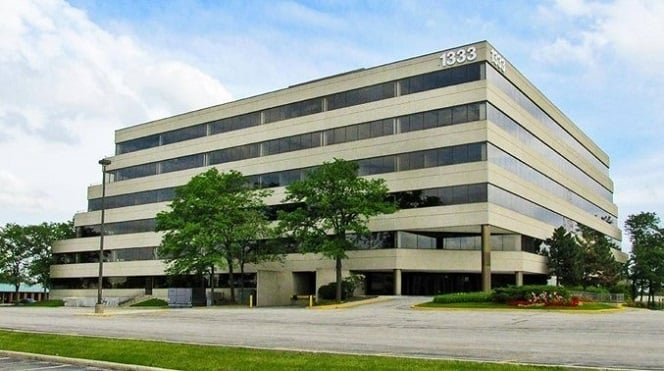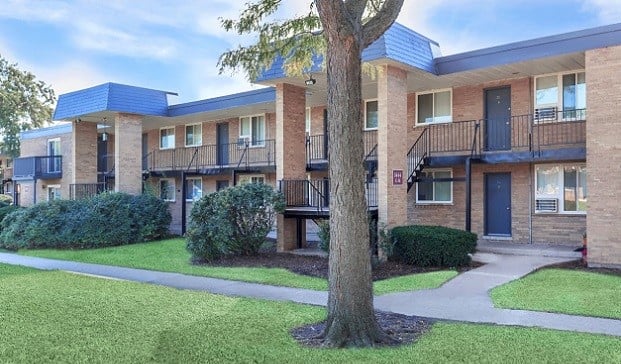NEW YORK CITY—Over the course of 28 years, the low income housing tax credit has been “the most significant resource for creating, rehabilitating, and preserving affordable housing in the United States” as well as the longest-lasting federal housing program, CohnReznick says in its newest study of the funding mechanism. It has also been among the steadiest: the study finds that occupancy and financial performance have improved over the past few years.
With full-year data available through the end of 2012, CohnReznick found that the three major performance metrics—physical occupancy, debt coverage ratio and per-unit cash flow—all showed improvement compared to 2008. In '08, for example, “the median cash flow per unit among more than 15,000 surveyed housing credit properties was $250, which increased to $341 in 2009 and to $419 in 2010.” That continued to trend upward over the next two years, reaching $498 per unit by the end of '12. Meanwhile, only 18.6% of properties operated below 1.00 DCR in '12; the figure was 35% as recently as 2002.
“The housing credit continues to generate solid investment and growth in this much needed segment of the marketplace,” says Fred Copeman, principal with CohnReznick and leader of its Tax Credit Investment Services practice. “It's been an economic win for communities across the nation in need of additional affordable housing units.”
Based on input from 32 housing tax credit syndicators and three of the nation's largest affordable housing investors, the CohnReznick study—the third in a series of periodic reports on this multifamily segment—covers 70% of all “actively managed” housing credit properties in the market, for a total of 1.4 million units. It zeroes in on a number of factors behind the positive performance of LIHTC properties. Along with favorable debt leverage and more sophisticated underwriting practices, survey respondents cite lower turnover and collection losses, as well as a general trend towards stabilization in rent and expense growth.
CohnReznick notes a few blind spots in the survey responses. “While the use of technology has made advances, the housing credit industry is still a 'horse and buggy' business compared to the quality of data that can be retrieved from the commercial real estate sector,” the report states.
Accordingly, “we received no data or incomplete data from survey participants when we asked them to report mortgage loan defaults, economic vs. physical occupancy and Affordable Housing Investors Council risk ratings,” according to the report. “Given the technology now widely available to sponsors and investors, we hope to retrieve and analyze these types of data as well as operating expense data when CohnReznick undertakes the next update.”
As for the LIHTC sector itself, CohnReznick says the question of whether the improvement in financial performance metrics can be sustained in the coming years will depend on “a number of factors, including whether the industry continues to benefit from the historically low interest rate environment that it has enjoyed in recent years. Threats that could impact the program include 1) a version of tax reform that either removes the program or (more likely) 'dilutes' its buying power; 2) local property taxation; 3) areas where median income has been flat or decreased; and 4) an increase in construction costs. CohnReznick is committed to conducting similar periodic studies to supply the industry with current and reliable data.”
© Touchpoint Markets, All Rights Reserved. Request academic re-use from www.copyright.com. All other uses, submit a request to [email protected]. For more inforrmation visit Asset & Logo Licensing.







